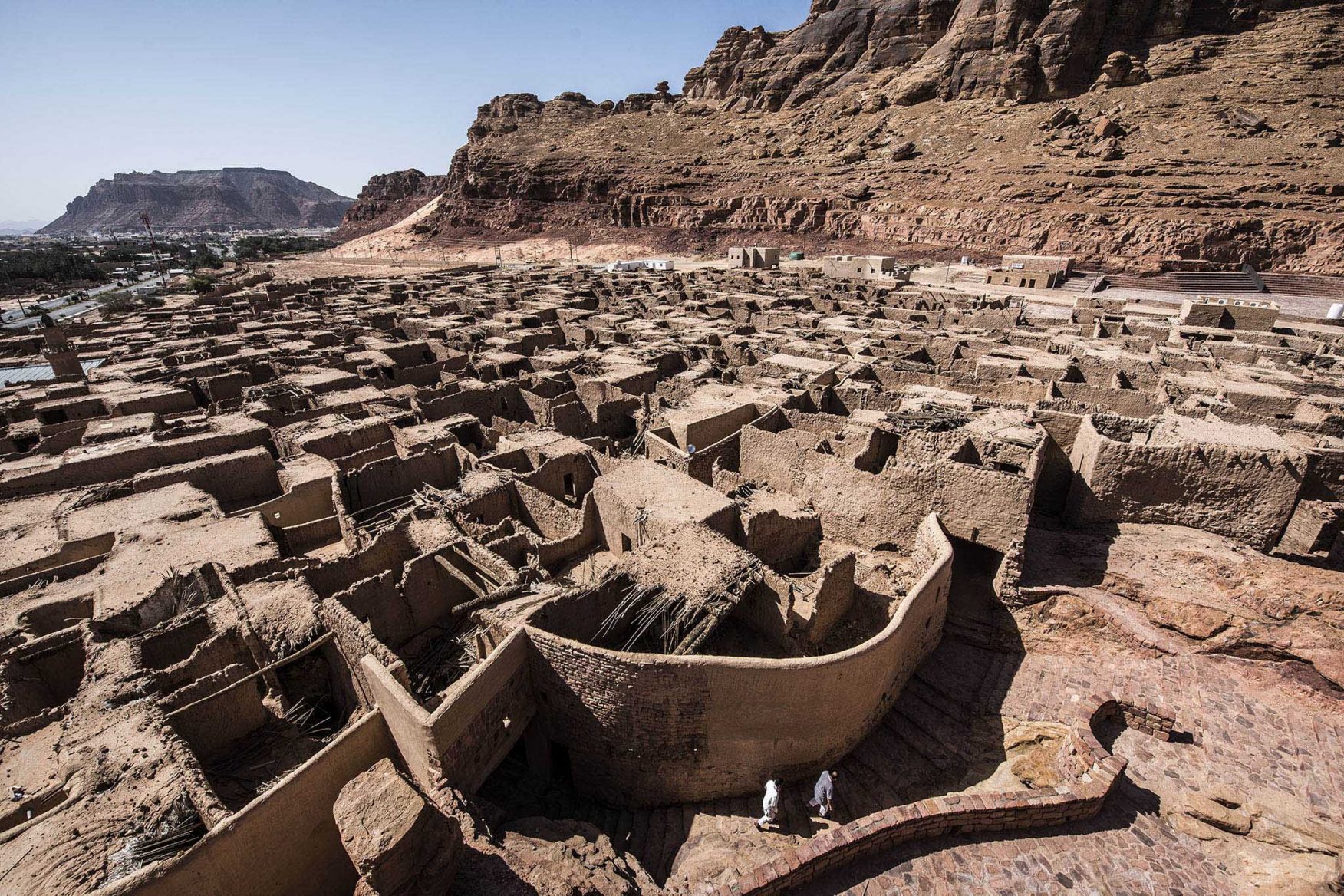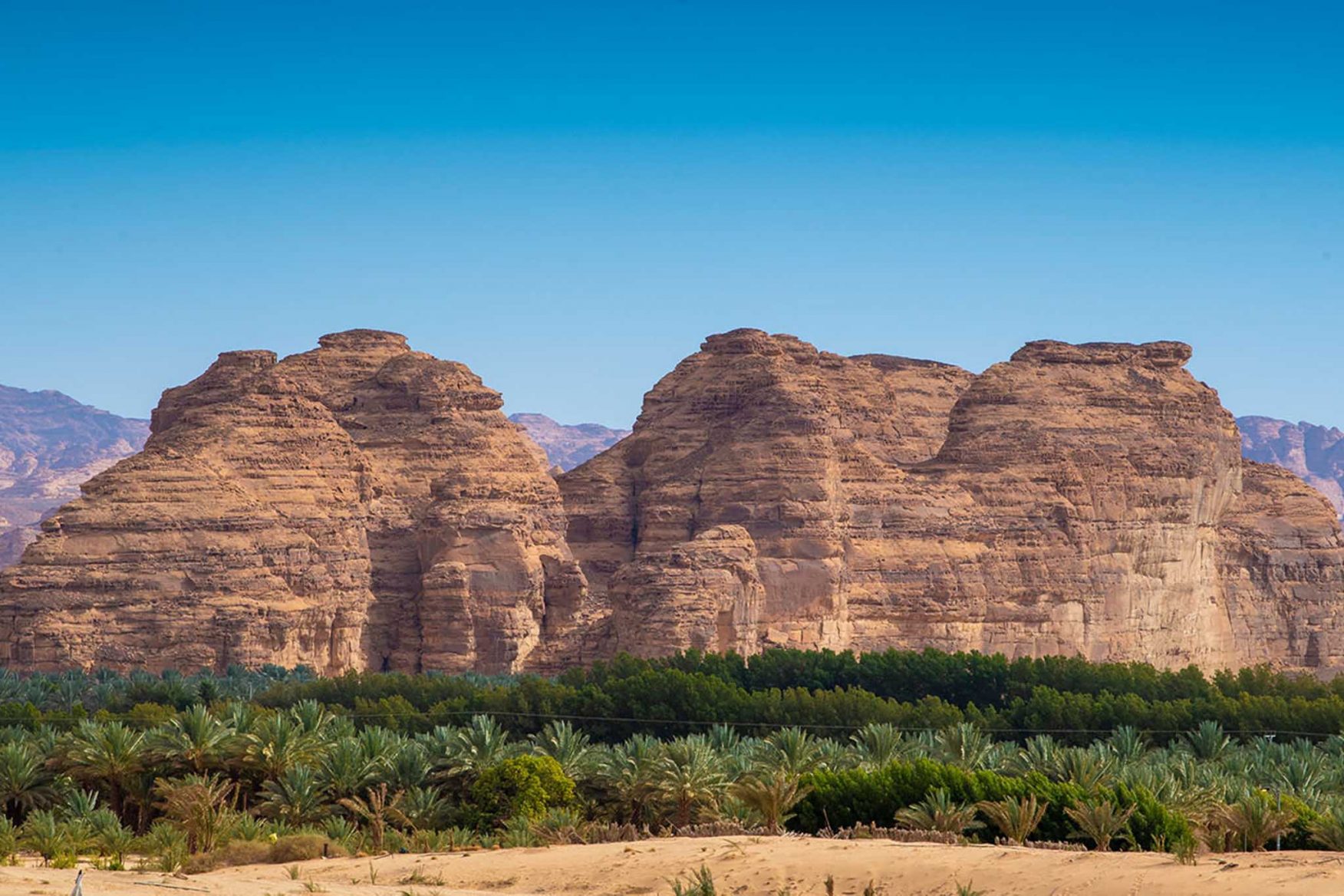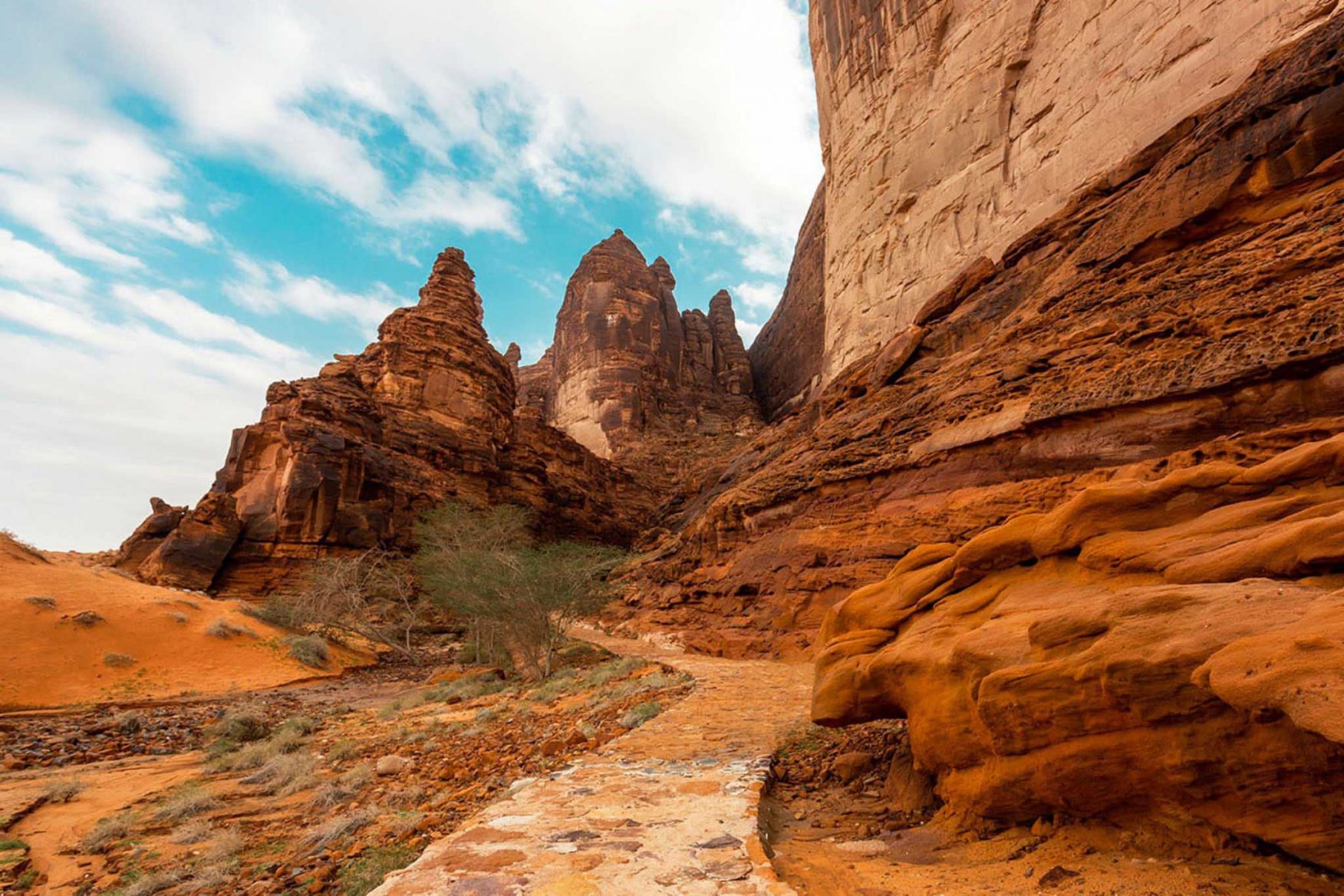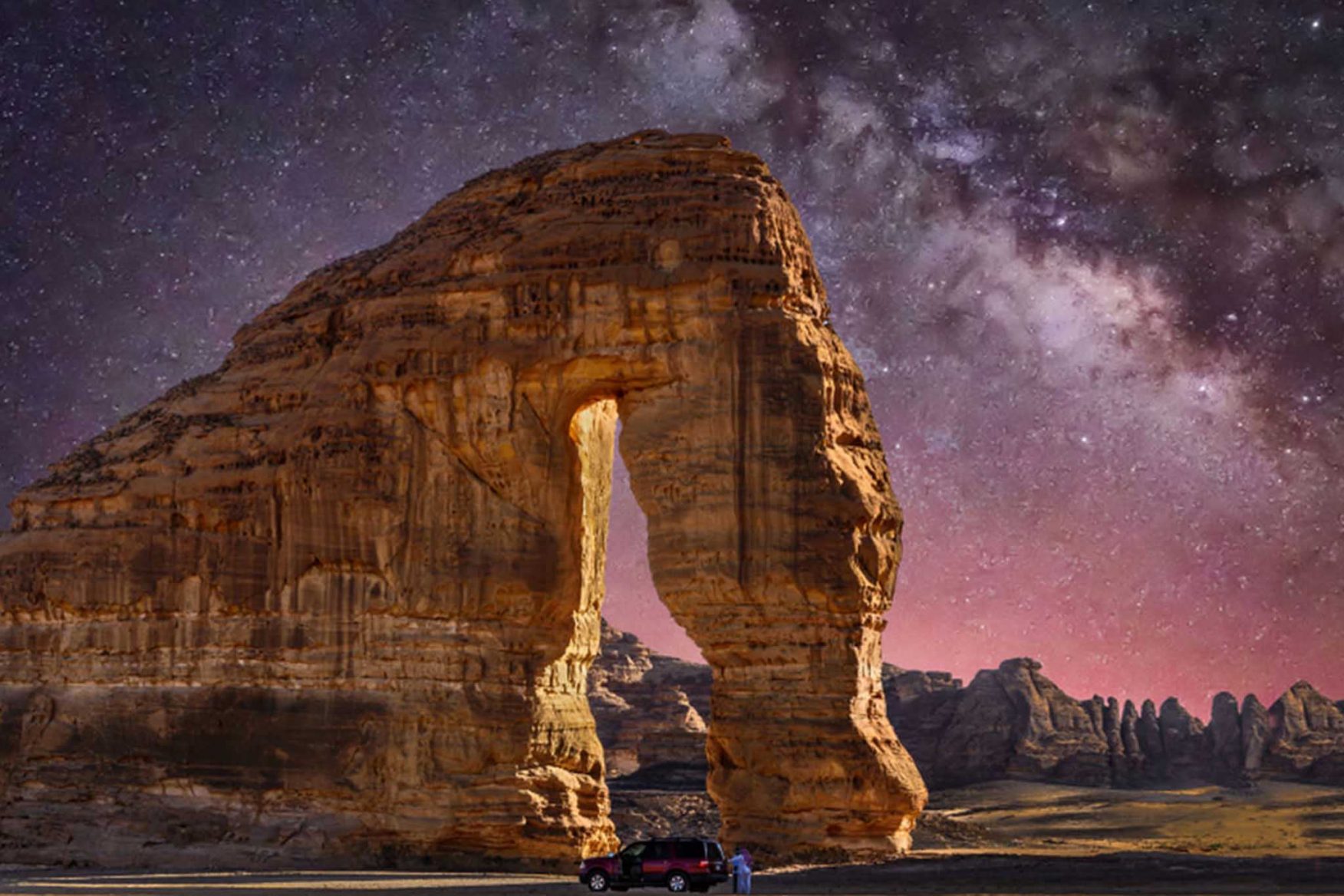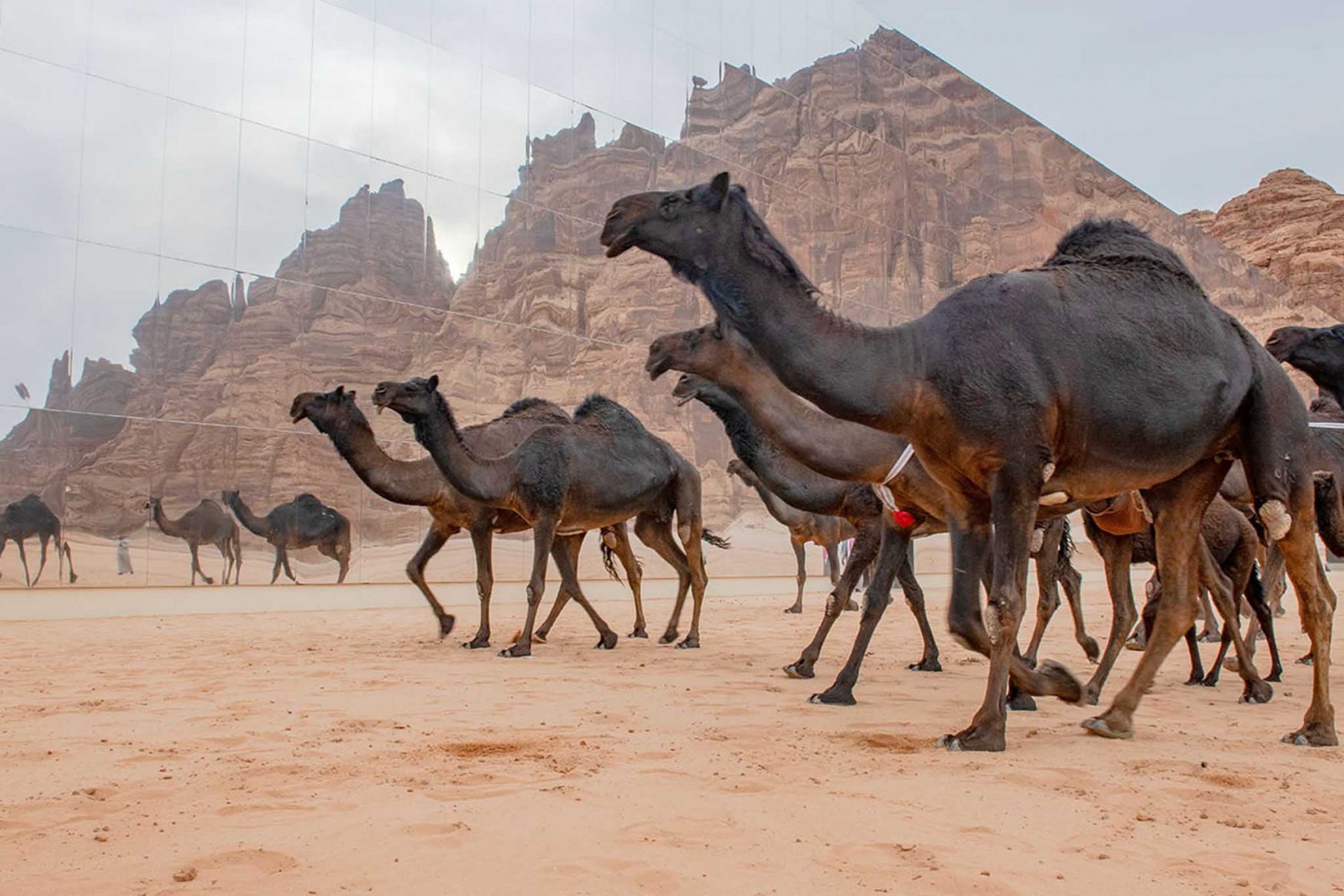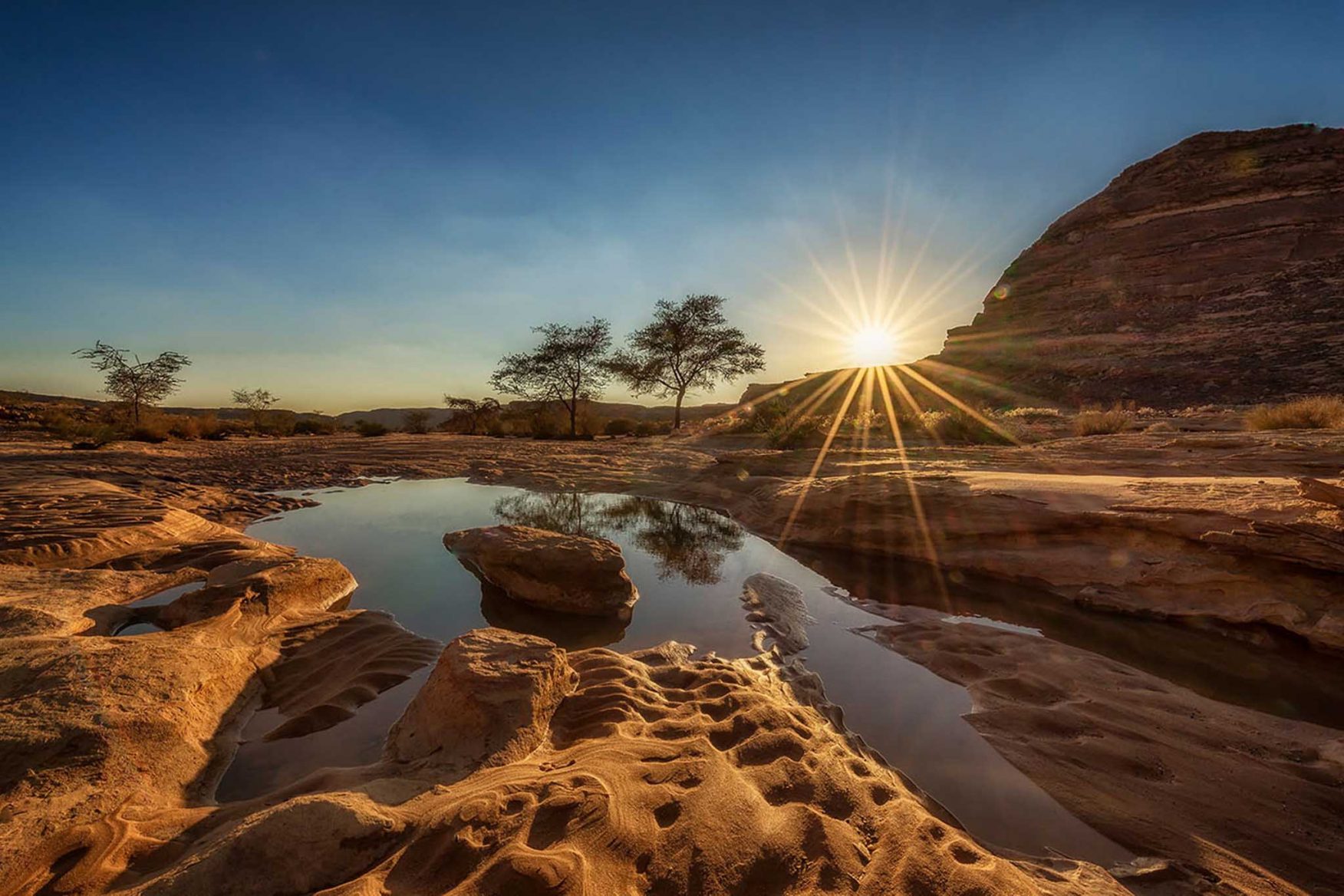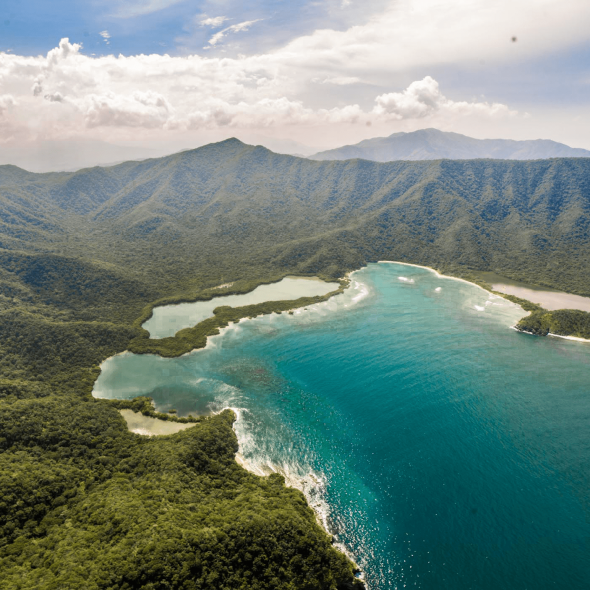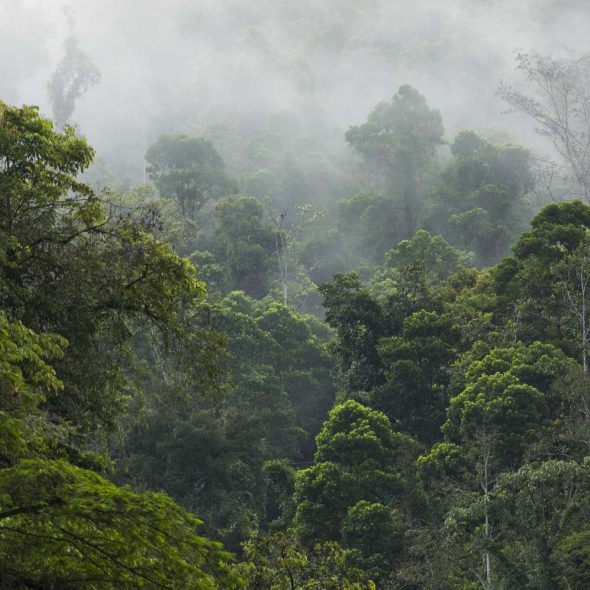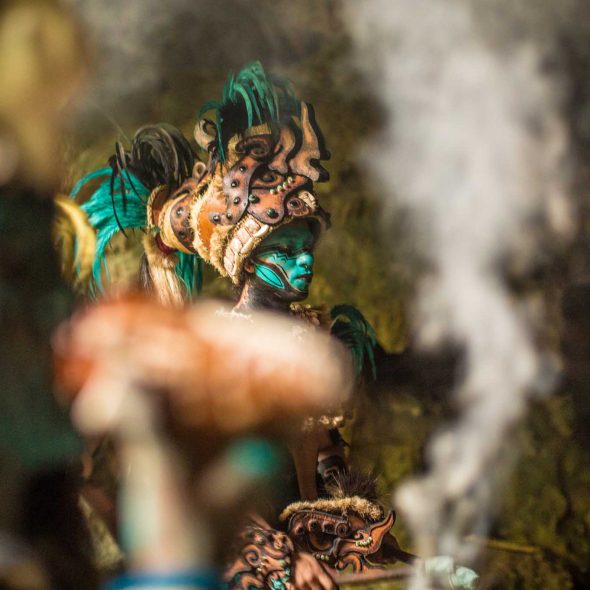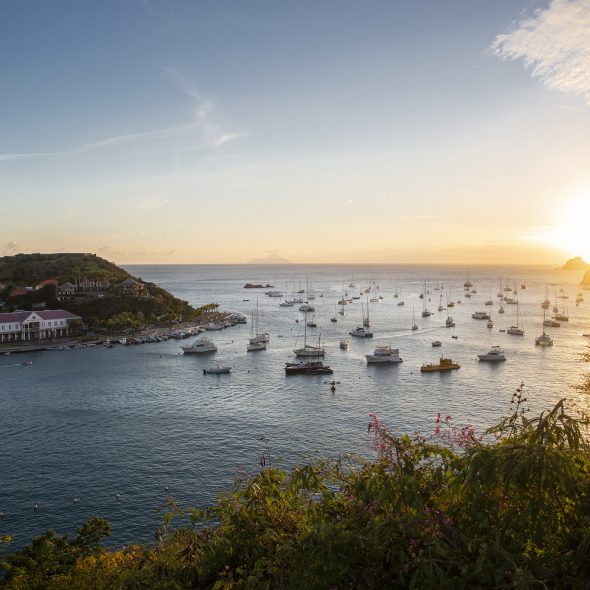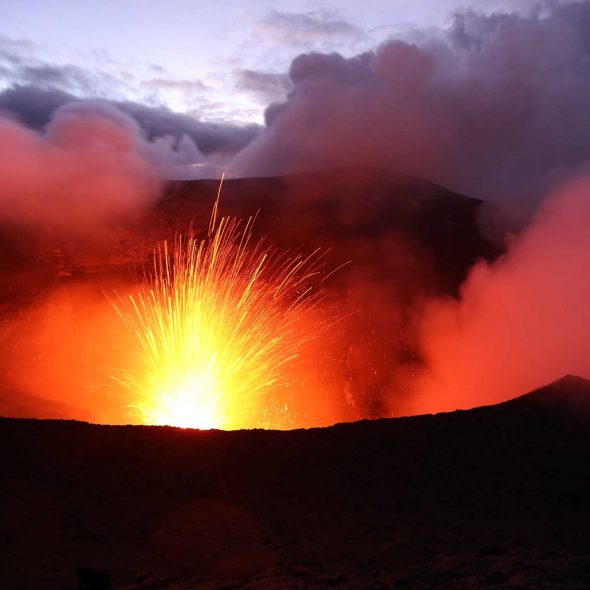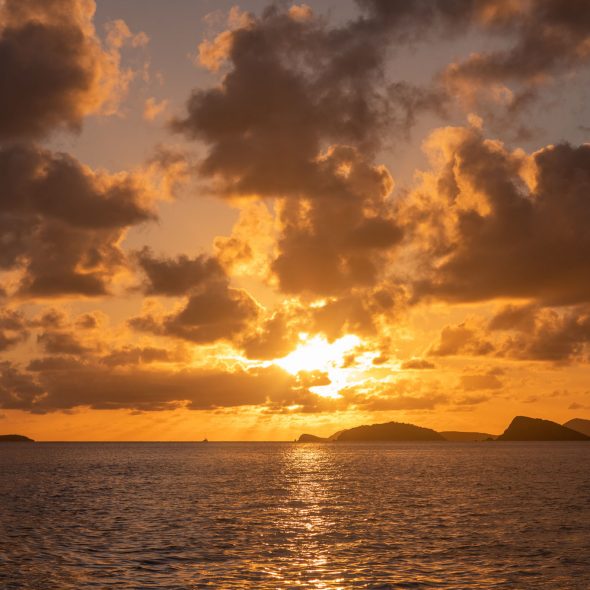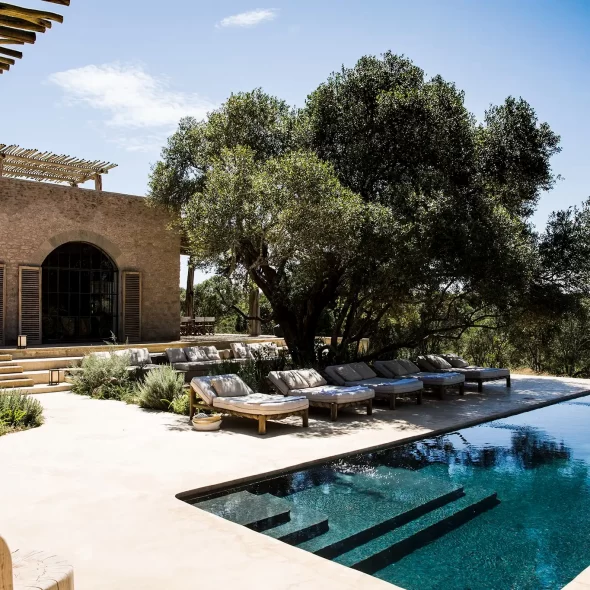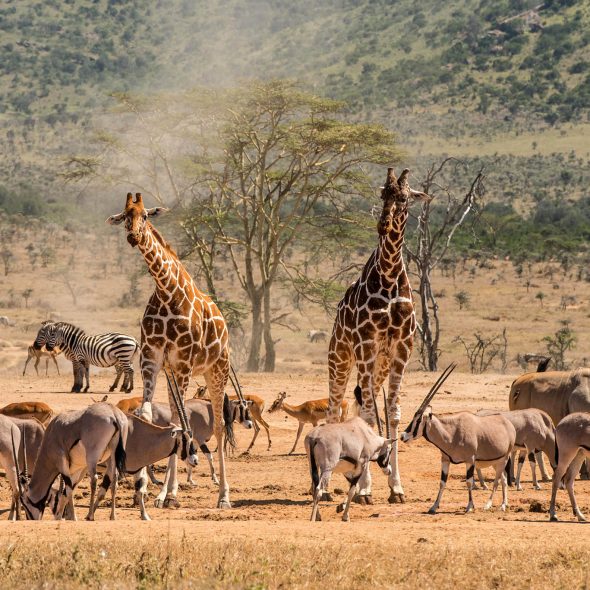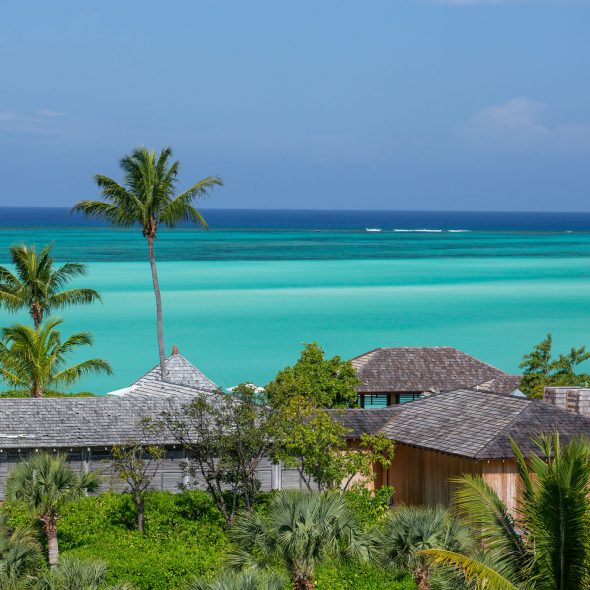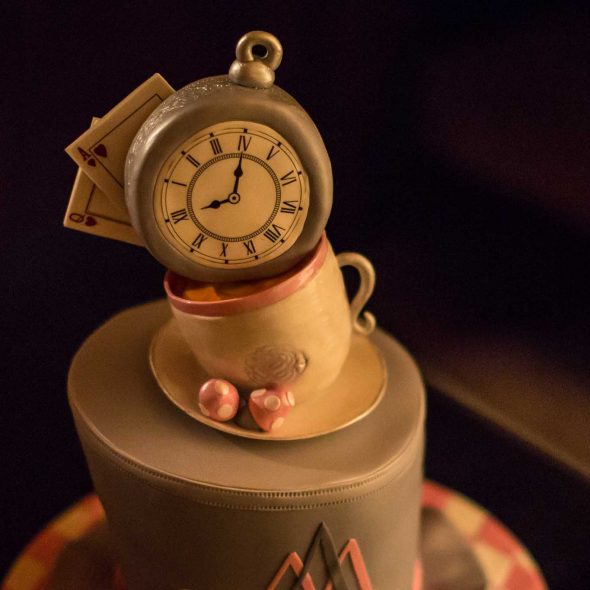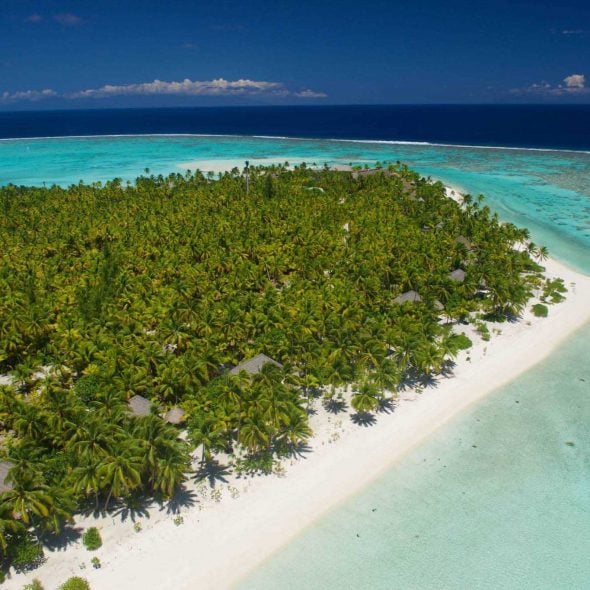Within the vast desert of North-West Saudi Arabia awaits an exclusive adventure through lands unknown. A timeless and authentic open museum, home to archaeological treasures, natural beauty and monuments that span millennia.
Civilizations have settled among Al Ula’s towering sandstone outcrops for thousands of years, but for the last 8 centuries it has been largely cut off from the rest of the world, until now. Al Ula’s wonders are once again coming into the spotlight and it now boasts the Kingdom’s first UNESCO World Heritage Site.
In the desert’s heart, nestled within a spectacular, palm grove-filled valley, surrounded by magnificent, red sandstone cliffs and sprawling mountains that disappear into the horizon, lies the region’s ancient city.

Historically located along the incense route, this fertile oasis was once a thriving trade hub for silks, spices, frankincense and myrrh, precious stones, rare woods and other luxurious goods, channelling between Africa, Europe and Southeast Asia.
The history of Al Ula’s walled city dates to the sixth century BC, when it was founded as the capital of the ancient Kingdom of Lehyan – prior to which, it was the site of the biblical city of Dedan. More recently, the region was ruled by the Nabateans – the settlers responsible for Petra’s famous sandstone tombs and temples, who carved equally impressive structures into Al Ula’s towering cliffs.
Yet while Petra’s façades are slowly disintegrating and overvisited, the archaeological site of Mada’in Saleh, just 20 kilometres from Al Ula city, remains relatively unknown; a vast necropolis of over 130 stunningly well-preserved tombs.
Experts have unearthed hundreds of early Arabic inscriptions and artworks here—some of which are 3000 years old—forming one of the largest open air ‘libraries’ and perhaps the world’s most significant epigraphic site.
The ruins of the ancient kingdom’s metropolis are only starting to be uncovered, and with this new lease of life comes a new and exciting celebration of the region’s incredible heritage, music, art and culture, in the second annual ‘Winter at Tantora’ festival.
Taking place over 12 weeks from December to March, Winter at Tantora—its name inspired by the sundial in Al Ula’s old town, which acts as a marker for the changing seasons—sees world-class performers sparkle on stage at the Maraya concert hall – a 500-seat architectural and engineering marvel, with walls of mirrors that emerge out of the rugged desert landscape like a mirage.
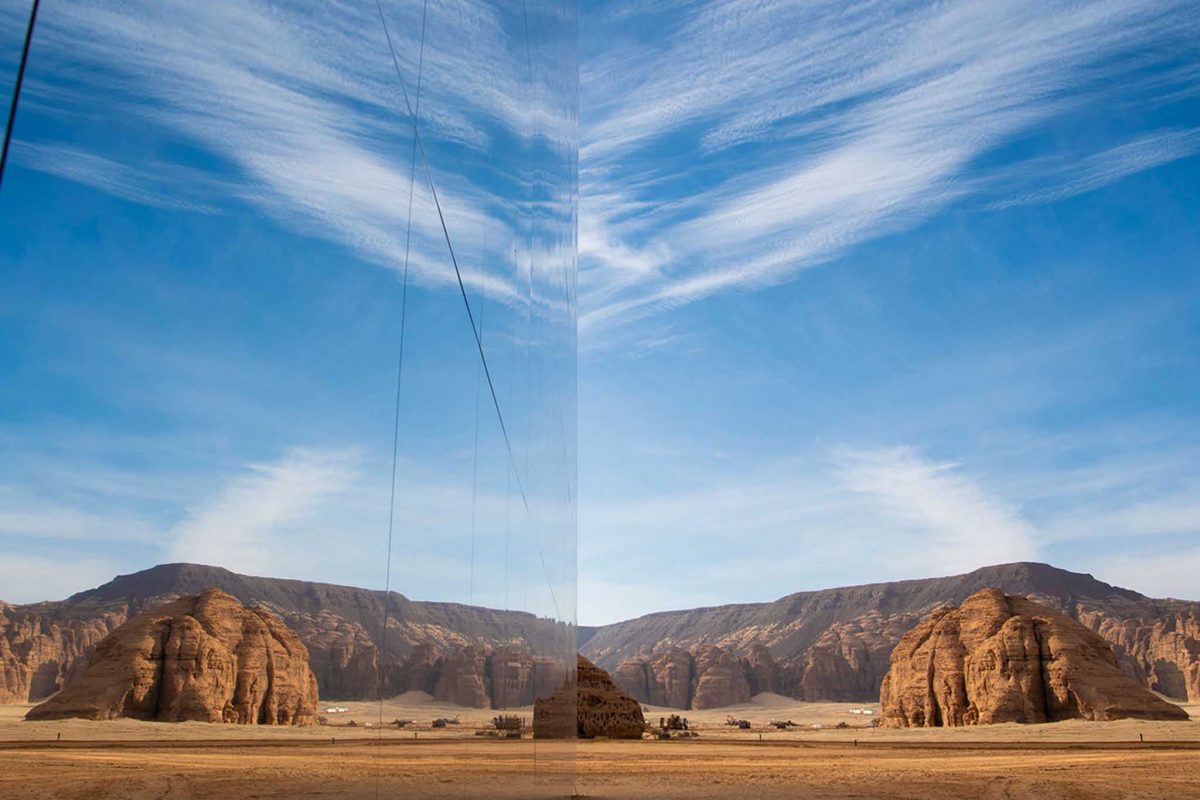
Between concerts and immersive cultural experiences, Winter at Tantora offers a feast for the gastronome, bringing Michelin-starred restaurants to the desert for a five-star candle-lit dining experience amongst magnificent surroundings of huge historical significance.
As well as spotlighting Saudi Arabia’s modern cultural gems, the festival aims to reimagine the area’s heritage, with augmented reality, video projection and imaging technologies bringing to life the ancient cities of Hegra and Dadan.


Enjoy forays into traditional souks, ringside seats at the world’s second largest endurance horse race, and breath-taking aerial vistas of the spectacular landscapes in a vintage plane, airship or hot air balloon.
Marvel at cutting edge installations from the world’s leading contemporary artists, and at spectacular natural monuments that date back over 250,000 years, including the iconic ‘Elephant Rock’.
Al Ula has several distinct environmental regions within and amongst its valleys and mountains. From basalt uplands with volcanic lava flows to sand-drifted canyons and lush oases, the landscape of Al Ula is nothing short of show-stopping and is a veritable playground for avid sports enthusiasts and adventure seekers. And just a stone’s throw from Sharm El Sheik, the isolated stretches of the Red Sea offer all that Egypt’s diving is praised for, without the crowds.
Guests to the festival will stay in extremely luxurious pop up villas, which outside blend seamlessly amongst the sandstone precipices of the desert; the interiors decked out with all the grandeur of a 5-star presidential suite, including personal butlers, an onsite spa, swimming pool and restaurant.
This is a rare opportunity to experience a magnificent place that is only just opening up to the world, and spaces are extremely limited. Please contact us to find out more about this rare and wonderful opportunity.

